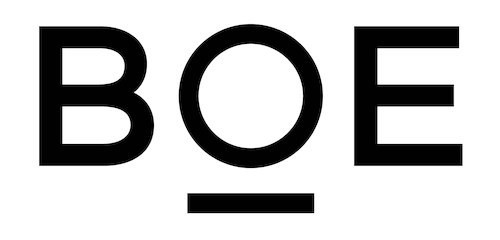AU Optronics
 Taiwan's AUO (AU Optronics) was formed in 2001, by the merger of Acer Display and Unipac Optoelectronics. Later in 2006 AUO merged with Quanta Display. AUO is one of the world's largest producers of LCDs.
Taiwan's AUO (AU Optronics) was formed in 2001, by the merger of Acer Display and Unipac Optoelectronics. Later in 2006 AUO merged with Quanta Display. AUO is one of the world's largest producers of LCDs.
In 2006 AUO became the world's first AMOLED producer but in 2007 the company decided to shift focus back to LCD, and stopped investing in OLEDs.

 BOE Display, founded in 1993 in Beijing China, is one of the world's leading display maker, producing both LCDs and OLEDs. BOE also produces LCD backlighting units and solar panels.
BOE Display, founded in 1993 in Beijing China, is one of the world's leading display maker, producing both LCDs and OLEDs. BOE also produces LCD backlighting units and solar panels.








